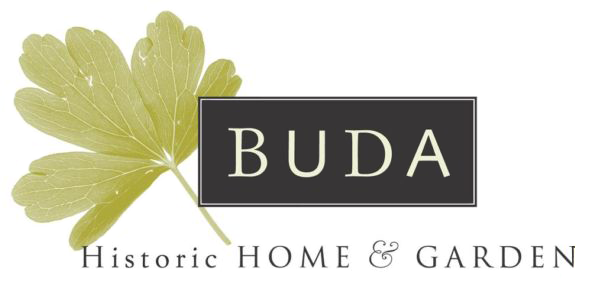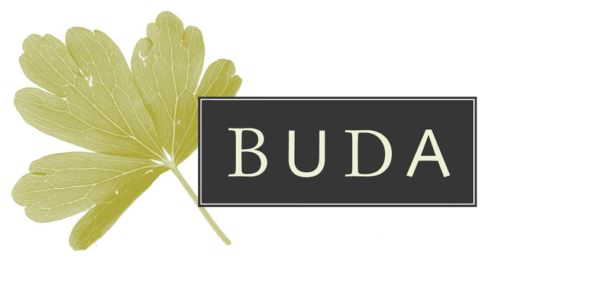Bertha Leviny nee Hudson (1844-1923)
Bertha Hudson was married in December of 1864, at the age of 20, to Hungarian-born goldsmith and jeweller, Ernest Leviny. Their residence was a comfortable six-roomed colonial brick villa, which became known as Buda, in the goldrush township of Castlemaine. Ten children were all born at home between 1866 and 1883: sixteen of Bertha’s early married years were spent in pregnancy and childbearing, and a further 20 years in rearing children. Most of her life was centred around her family and managing the household.
Bertha was born and spent part of her early childhood in Greenwich, England, before sailing with her parents and siblings to Australia in 1850. They lived in Melbourne for a couple of years before moving to Launceston, Tasmania, where Bertha’s father ran the Bible Society Bookshop.
A well-educated young lady, Bertha was accomplished in the French language, skilled at needlework, drawing and watercolour painting and played the piano. The Leviny children had fond memories of their mother reading the bible to them every Sunday and playing the piano for the children’s entertainment, encouraging them to sing and dance along.
Maids were employed to assist in the home, but Bertha sewed clothes for the family and insisted on trimming the wicks for the household lamps, which required a degree of skill and care. She encouraged her children to undertake some of the household chores and responsibilities also, which was not always well received. Outside the home, Bertha accompanied her husband on trips to Melbourne and Sydney to attend concerts and exhibitions etc., as well as travelling to Tasmania from time-to-time to visit her own family, taking a few of the children along with her on each trip. Bertha had a circle of close women friends and was involved in the community, particularly with the local Anglican Church and Castlemaine Hospital charities.
As a mother, Bertha encouraged the artistic interests of her six daughters, and after the death of her husband, in 1905, allowed them a free rein with alterations and re-decorating the interior of the house. It was also Bertha who offered a shopfront free of rent in Lyttleton Street Castlemaine to house the newly established collection of the Castlemaine Art Gallery and Historical Museum in 1913.
Correspondence with family members indicates a close and loving connection between the parents and children. Bertha on occasions was quite blunt, sharing her deep concerns about Hilda’s well-being and care for her reputation when travelling abroad with female companions. How different things are for us one hundred years down the track . . .
Bertha was very much a woman of her times, from a privileged, middle-class family, upholding the values and expectations of women in the Victorian era.
She loved her family and her home, and nurtured strong bonds with her children, encouraging their creativity and community mindedness, within the strict boundaries of the era. Bertha’s strength, spirit and influence was evident through the lives of the next generation of Leviny women.



